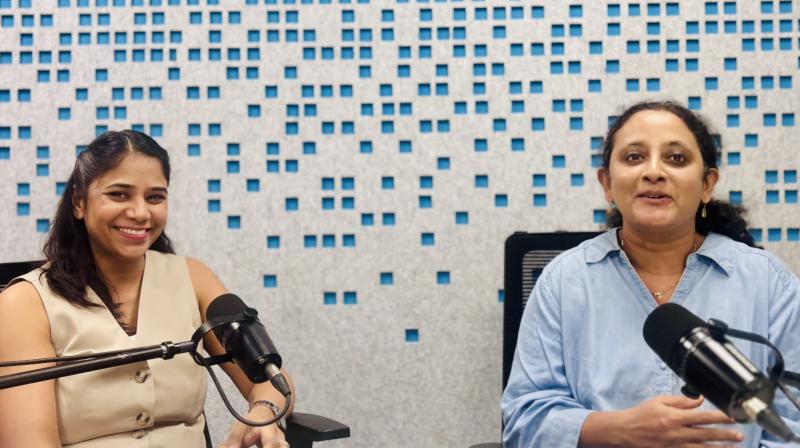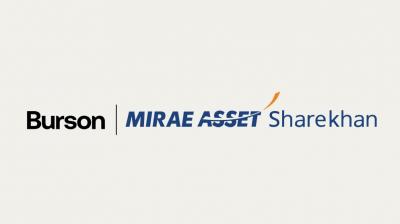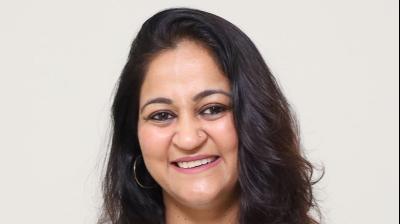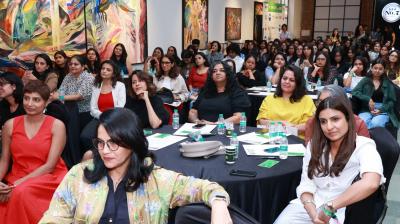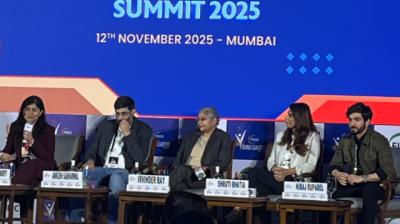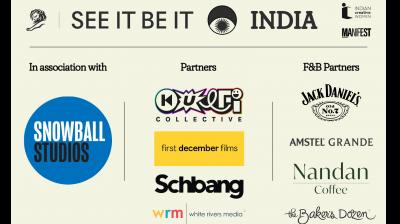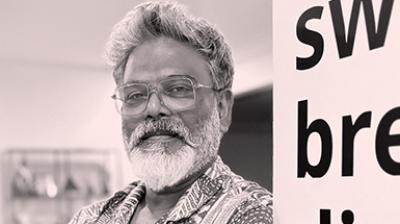In the eighth episode of Marketing Manifest Stations, host Manasi Narasimhan, head of communications and fundraising, CEGIS, spoke to Shaifali Gautam, chief marketing officer, CaratLane.
Gautam began by tracing her two-decade-long career that started from a leadership program at Aditya Birla Group. A significant pivot came in her career when she started working with an e-commerce firm within the same group, which introduced her to performance-driven marketing. “From brand love to business delivery — that was the biggest shift,” she noted, describing how the evolution of marketing now allows data to directly influence revenue.
At CaratLane, she found the perfect blend of both worlds. “Jewellery is a high-involvement category. People don’t just buy it because it’s precious; they buy it for the memories and moments it represents,” she added.
Reflecting on the evolving landscape of gold and diamond jewellery in India, Gautam noted that there is now a significant cultural shift in how women perceive and purchase these items. “Jewellery and gold have always held emotional and cultural weight in India, but what we saw was a shift in the way women were engaging with luxury as a whole”, she said.
She emphasised that CaratLane’s success stemmed from identifying and seizing a critical gap in the market, one that traditional jewellers had overlooked. “We saw a clear gap where gold was still seen as something for lockers, weddings, or milestone events. But the modern woman wanted more, something she could wear every day, something that reflected her personality and independence.” This insight became the foundation of CaratLane’s approach: reimagining jewellery not just as an occasional luxury, but as an extension of daily lifestyle.
Gautam also explained how regional preferences play a significant role in CaratLane’s strategy. “Every region has its own cultural codes,” she said. For instance, South India prefers traditional 22 Karat gold, while Maharashtra and Gujarat have a strong affinity for Polki and uncut diamonds. The North and West metro cities lean towards contemporary diamond jewellery.
When it comes to understanding consumer insights, she emphasised that research is the backbone of everything that CaratLane does. The brand relies on a blend of deep data analytics and direct customer interactions to truly understand its audience. “We combine insights from performance data, loyalty programs, NPS scores, and even in-store feedback; it’s a continuous, integrated process,” she shared.
On the creative side, Gautam highlighted that one of CaratLane’s key strengths lies in its ability to straddle both tradition and modernity in its communication. She believes that today’s Indian woman seamlessly blends both worlds; confident in her individuality, yet deeply rooted in culture. “The modern day Indian woman js proud of her choices, but also wants to stay connected to tradition and pass it down,” observed Gautam. This insight drives CaratLane’s campaigns, which range from celebrating personal milestones - like the Personal Rewards series - to region-specific content around festivals such as Ganesh Chaturthi and Durga Puja.
Tune into the podcast here.

